Na indústria relojoeira, por que a maioria dos relógios de luxo opta por usar vidro de cristal de safira? O vidro de cristal de safira é realmente um símbolo de qualidade de relógios de alta qualidade?
Por que as pessoas geralmente acreditam que os relógios com vidro de safira são de qualidade superior?
Nosso objetivo é desvendar o desempenho e as diversas diferenças entre o cristal de safira e o vidro mineral por meio de análises comparativas, fornecendo conselhos de seleção sábios para os entusiastas de relógios.
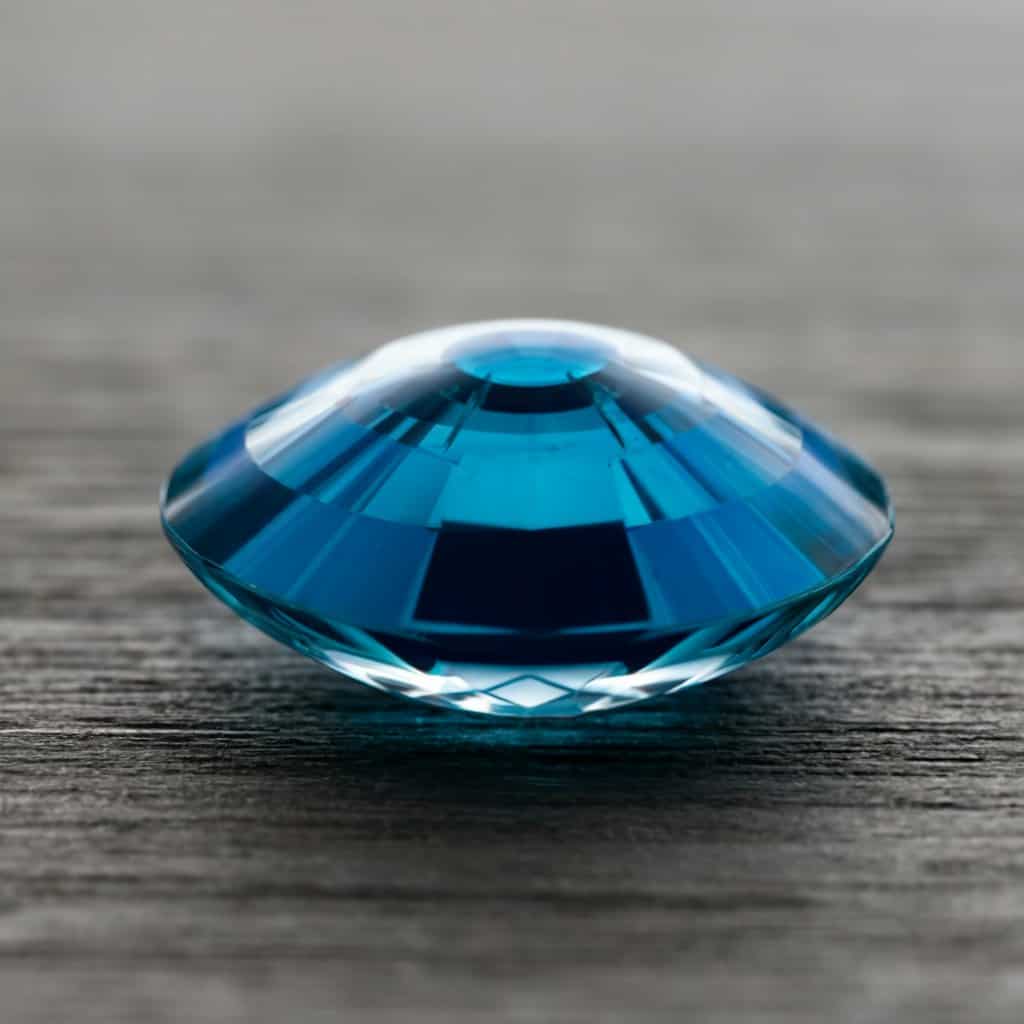
Primeiro damos uma olhada no três tipos mais comuns de materiais de cristal de relógio:
- Vidro Safira
- Vidro Mineral (Vidro Inorgânico)
- Vidro Acrílico (Vidro Orgânico)
Já cobrimos completamente o vidro do relógio antes:
Tudo o que aprendi sobre relógios e óculos na fábrica de relógios
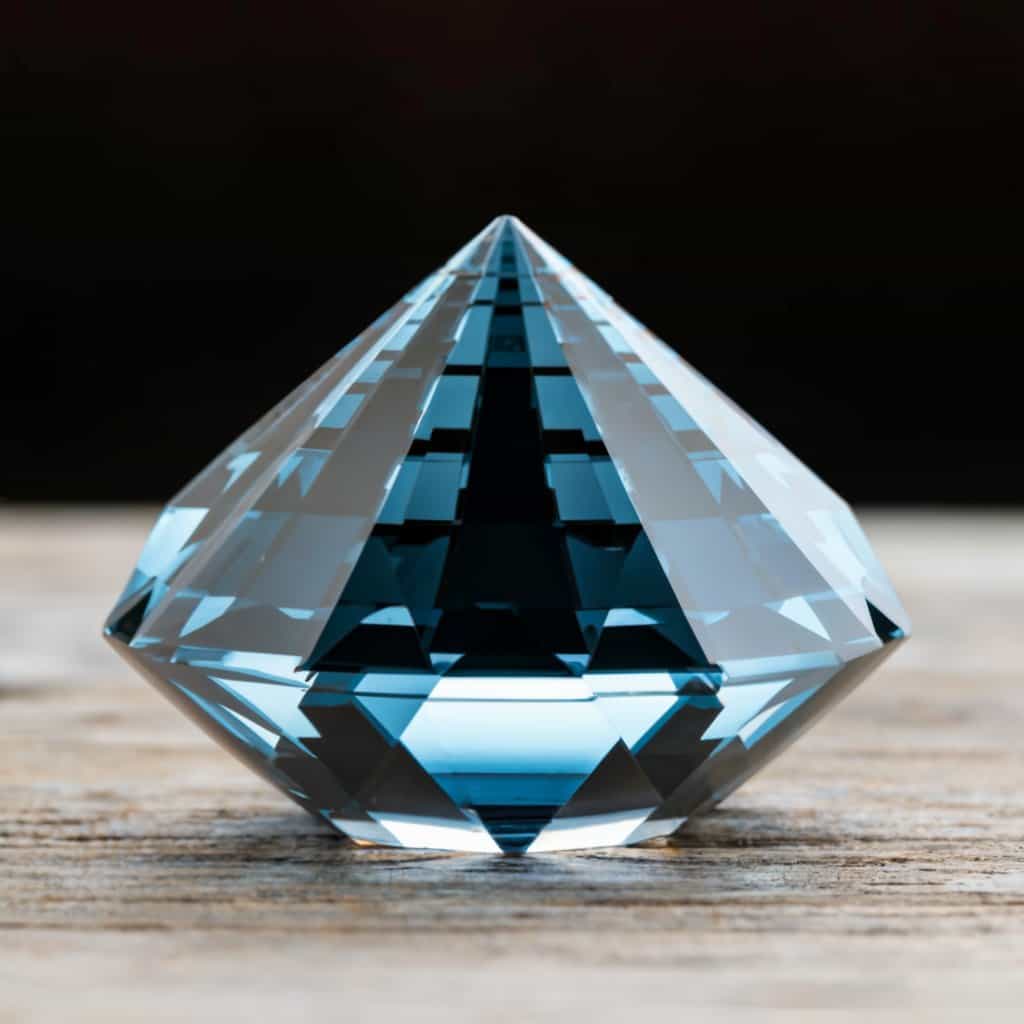
As diferenças entre vidro de relógio de safira, vidro mineral e vidro acrílico?
As diferenças entre esses materiais de vidro são as seguintes:
Vidro Acrílico
O vidro acrílico, comumente conhecido como vidro acrílico ou orgânico, é um tipo de material usado para cristais de relógios. Possui textura mais macia e maior maleabilidade. No passado, muitos relógios usavam esse material, incluindo relógios antigos encontrados hoje no mercado.
Prós:
- Excelente elasticidade e resistente a estilhaços, muitas vezes referido como vidro de segurança.
Contras:
- Suscetível a arranhões e transparência ligeiramente inferior.
Razões para escolher:
- De baixo custo, os riscos podem ser polidos por um relojoeiro sem necessidade de substituição. Se os riscos forem muito profundos, o cristal pode ser substituído de forma barata.
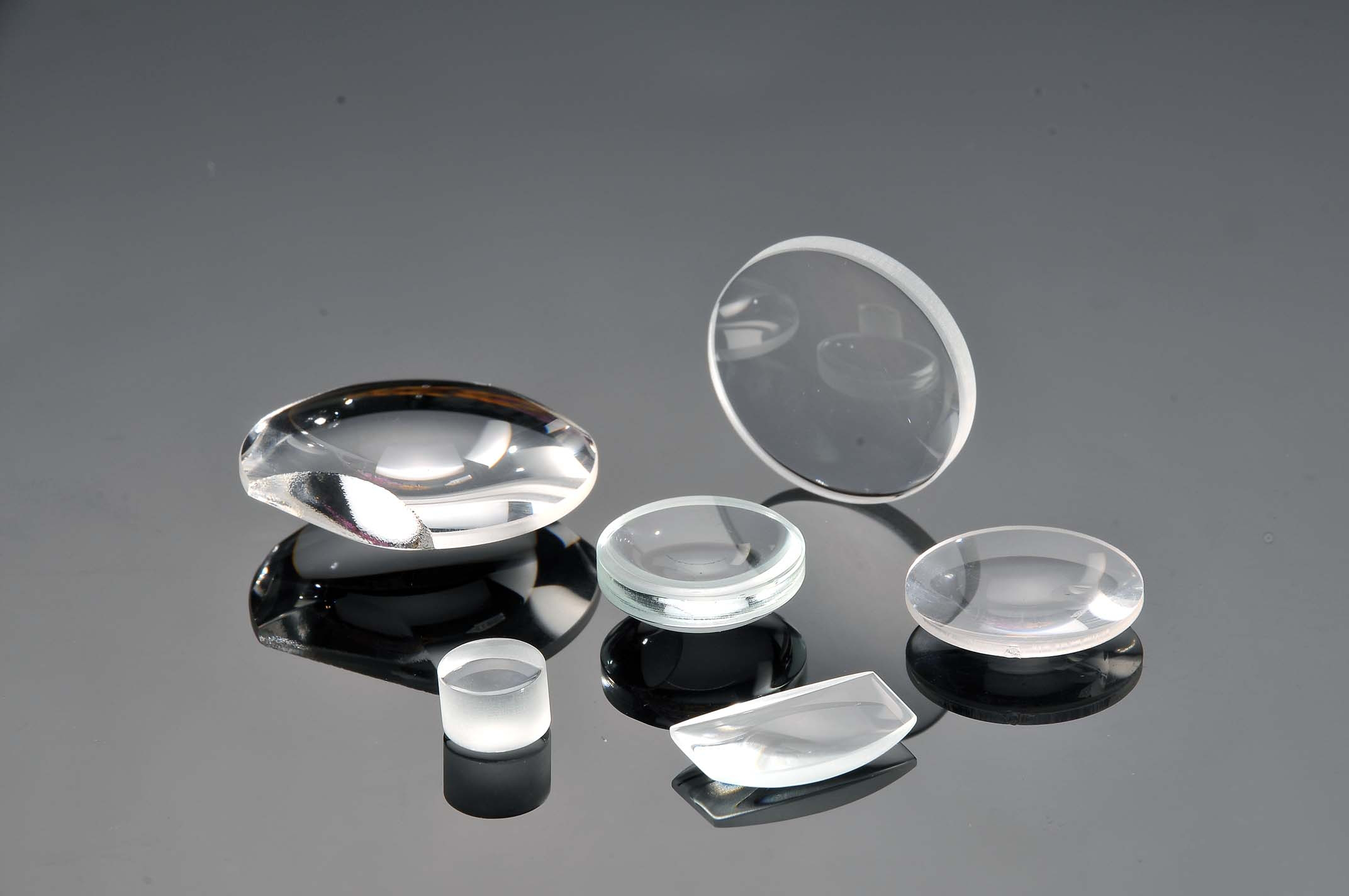
Vidro Cristal Mineral
O vidro de cristal mineral, também conhecido como Hardlex ou Cristal Acrílico, é um tipo de vidro reforçado com minerais. Foi desenvolvido devido à escassez de cristais naturais.
Prós:
- Alta dureza, excelente transparência, aparência límpida e brilhante.
Contras:
- Preço unitário mais elevado em comparação ao Vidro Acrílico.
Razões para escolher:
- Custo moderado, alta dureza, resistente a riscos, límpido e transparente, sem bolhas ou marcas d'água, e possui propriedades piezoelétricas, oferecendo benefícios especiais à saúde.
Vidro de cristal de safira
O vidro de cristal de safira é uma superfície cristalina feita de cristais de safira comprimidos artificialmente, que são cristais de óxido de alumínio com impurezas como óxido de ferro e óxido de titânio removidas. Quimicamente, a Safira Acrílica é idêntica à safira natural e não possui a cor “azul”.
Prós:
- Alta densidade e resistência a riscos, com dureza perdendo apenas para o diamante.
- Excelente transmissão de luz, baixo atrito, resistência a altas temperaturas e durabilidade superior em comparação com cristal mineral e vidro acrílico.
Contras:
- Não é resistente a choques, é vulnerável a impactos, pressões ou quedas, que podem causar rachaduras com o impacto.
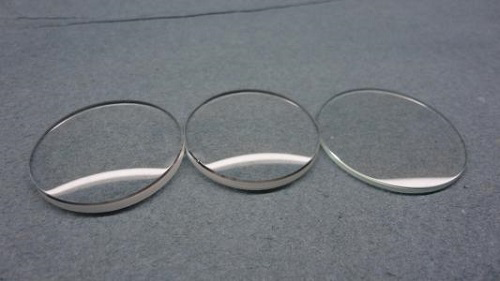
Qual material é superior?
Em termos de dureza e resistência à abrasão: Vidro Acrílico < Vidro de cristal mineral < Vidro de cristal de safira.
Cada um tem suas vantagens: o vidro acrílico tem menos probabilidade de quebrar e pode ser polido; o vidro de cristal mineral tem resistência moderada a arranhões e maior resistência a impactos verticais do que o vidro de cristal de safira; o vidro de cristal de safira, apesar de sua alta dureza, está sujeito a quebras e incorre em custos de reparo mais elevados.
Para clientes sofisticados, o vidro de cristal de safira é recomendado devido às suas propriedades físicas e químicas especiais, alta dureza (escala de Mohs 9), resistência superior ao desgaste e resistência à corrosão.
Relógios de baixo custo costumam usar vidro orgânico, também conhecido como acrílico, que apesar de ser propenso a arranhões, é resistente e amplamente utilizado em relógios de baixo custo.
Cada material tem suas vantagens e é escolhido com base em fatores como custo, resistência a arranhões, transparência e durabilidade.
Vidro de relógio: Vidro Safira VS Vidro Mineral
O vidro cristal de safira e o vidro mineral são dois materiais comuns usados na relojoaria e na produção de certos componentes ópticos. Aqui estão algumas diferenças importantes entre eles:
- Composição de Materiais:
- Vidro de cristal de safira: Feito de Safira Acrílica, uma forma cristalina de óxido de alumínio. É altamente transparente e resistente a riscos.
- Vidro Mineral: Composto por vários minerais, normalmente uma forma de vidro endurecido. É menos resistente a arranhões em comparação com o cristal de safira.
- Dureza:
- Vidro de cristal de safira: Um dos materiais mais duros (Mohs: 9), perdendo apenas para os diamantes (Mohs: 10). É altamente resistente a arranhões.
- Vidro Mineral: Embora endurecido, não é tão resistente a arranhões quanto o cristal de safira e pode apresentar sinais de desgaste com o tempo.
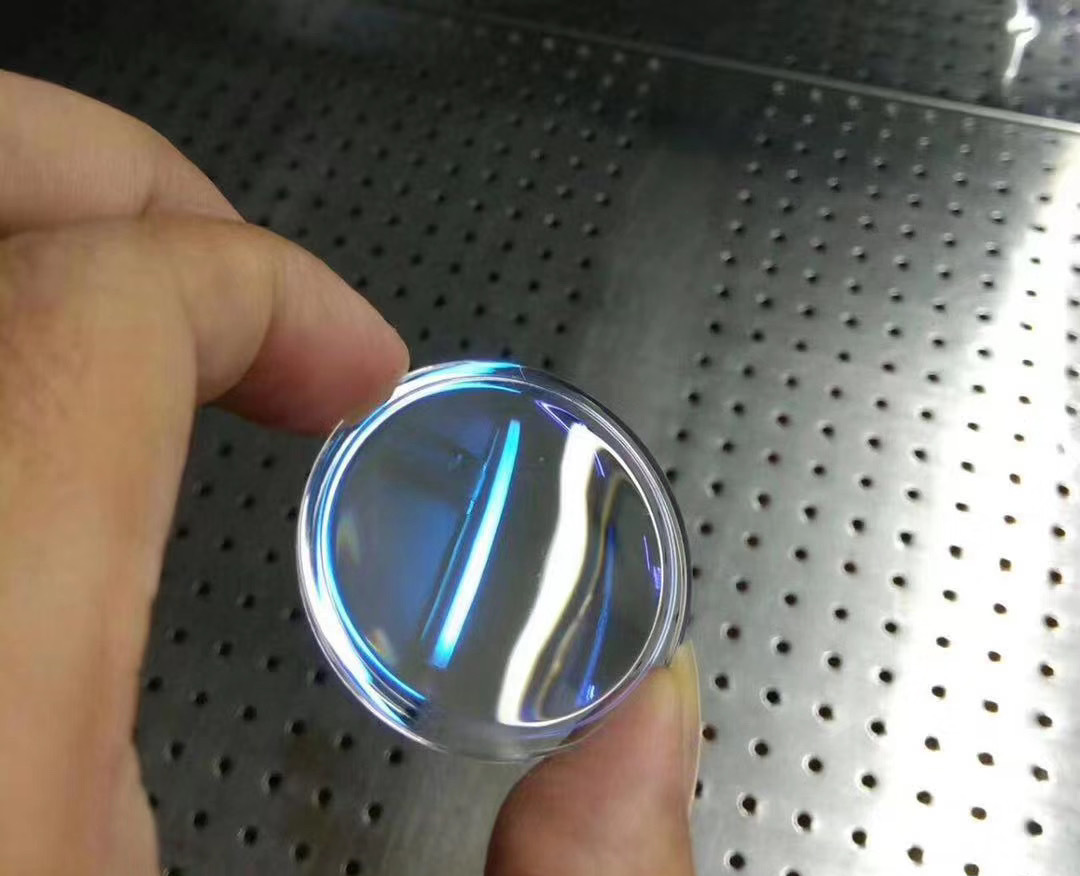
De modo geral, o cristal de safira é três vezes mais forte que o vidro mineral e 20 vezes mais forte que o vidro plástico.
-
- Resistência a arranhões:
- Vidro de cristal de safira: Extremamente resistente a riscos, tornando-o ideal para aplicações onde a durabilidade é crucial.
- Vidro Mineral: Ainda pode resistir a arranhões até certo ponto, mas é mais sujeito a arranhões visíveis em comparação com o cristal de safira.
- Clareza:
- Vidro de cristal de safira: Oferece excelente transparência e clareza, permitindo uma visão clara do mostrador e dos componentes abaixo.
- Vidro Mineral: Geralmente fornece boa clareza, mas pode apresentar alguma distorção em comparação ao cristal de safira.
- Custo:
- Vidro de cristal de safira: Normalmente mais caro de produzir, o que pode contribuir para custos gerais mais elevados do produto.
- Vidro Mineral: Geralmente mais econômico, o que o torna uma escolha popular para opções mais econômicas.
- Peso:
- Vidro de cristal de safira: Mais pesado que o vidro mineral devido à sua densidade.
- Vidro Mineral: Mais leve em comparação.
- Aplicações:
- Vidro de cristal de safira: Comumente usado em relógios de última geração, lentes de câmeras e outras aplicações onde a resistência a arranhões é crucial.
- Vidro Mineral: Encontrado em uma ampla variedade de relógios, óculos e outros instrumentos ópticos.
- Forma:
- Vidro de cristal de safira: O vidro de cristal de safira é limitado apenas ao plano.
- Vidro Mineral: O vidro de cristal mineral pode ser fabricado em diversas formas.
- Resistência a arranhões:
Vidro de relógio: Vidro safira VS Vidro acrílico
Nos relógios modernos, o material mais comumente usado para o cristal do relógio é o vidro de safira. Porém, historicamente, os relógios nem sempre foram feitos exclusivamente com este material como o cristal do relógio.
Veja a Rolex, por exemplo, todos os relógios Rolex modernos mudaram para o vidro de cristal de safira, mas em épocas anteriores, antes do final do século passado, a Rolex também usava material plástico acrílico para fazer o cristal do relógio. O material acrílico tinha duas vantagens principais:
- Resistência ao impacto: O cristal acrílico, também conhecido como vidro plástico, é um material confiável e durável, especialmente resistente a impactos. Quando tocado com a ponta do dedo, produz um som claro e alto.
- Menos probabilidade de quebrar: Se um cristal acrílico quebrar, normalmente não se quebra em pequenos fragmentos. Como resultado, quase não há risco de danificar o mostrador, os ponteiros ou o movimento interno do relógio.
É claro que o cristal acrílico tem suas desvantagens. Sua maior desvantagem é que não é resistente a arranhões e não oferece resistência suficiente à água.
O material acrílico é um polímero composto de polimetilmetacrilato. Na era anterior à disseminação do material de cristal de safira, o acrílico era o material principal usado por vários fabricantes de relógios.
A razão pela qual os relojoeiros o preferiram foi porque oferecia um certo grau de resistência ao impacto e proteção. Mesmo que um cristal acrílico se quebrasse devido a um impacto forte, era menos provável que se quebrasse em partículas finas, minimizando o impacto no mostrador do relógio.
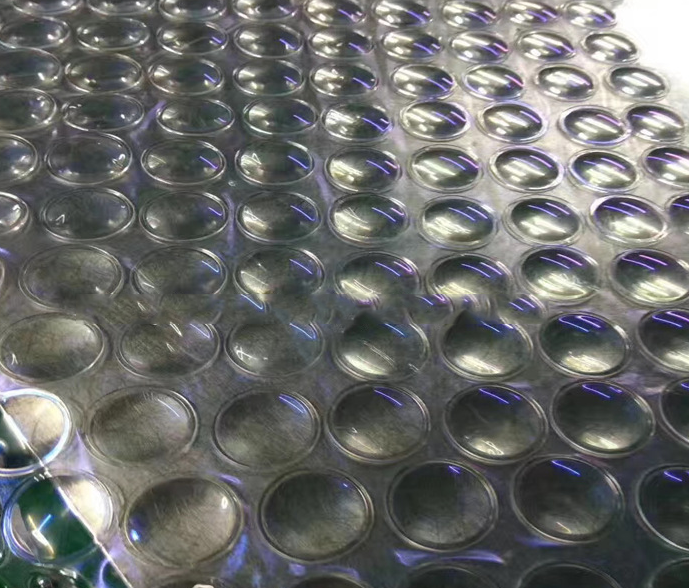
No entanto, os cristais acrílicos começaram gradualmente a ser substituídos porque apresentavam algumas desvantagens visíveis. Por exemplo, eles tinham menor dureza e eram propensos a arranhões, resultando em arranhões visíveis no cristal.
Além disso, os cristais acrílicos tinham menor transparência, dando aos relógios uma aparência ligeiramente turva. Além disso, do ponto de vista da produção, o vidro plástico tendia a ser mais espesso, acrescentando peso ao relógio e tornando-o menos adequado para a produção de relógios ultrafinos.
Hoje, relógios esportivos da moda conhecidos como o G-SHOCK da Casio ainda usam vidro de cristal acrílico. No entanto, os cristais acrílicos ressurgiram em alguns relógios esportivos populares hoje devido à sua resistência ao impacto e menor probabilidade de estilhaçar, e a falta de transparência não afeta significativamente os relógios com telas de LED.
A Rolex fez uma transição gradual para o vidro de cristal de safira tecnologicamente avançado na década de 1980. Este material é composto principalmente de óxido de alumínio (Al2O3), que não é uma pedra preciosa natural, mas sim produzida sinteticamente. Isso permitiu que os fabricantes de relógios desfrutassem de benefícios semelhantes aos da safira natural, sem um aumento significativo nos custos de produção.
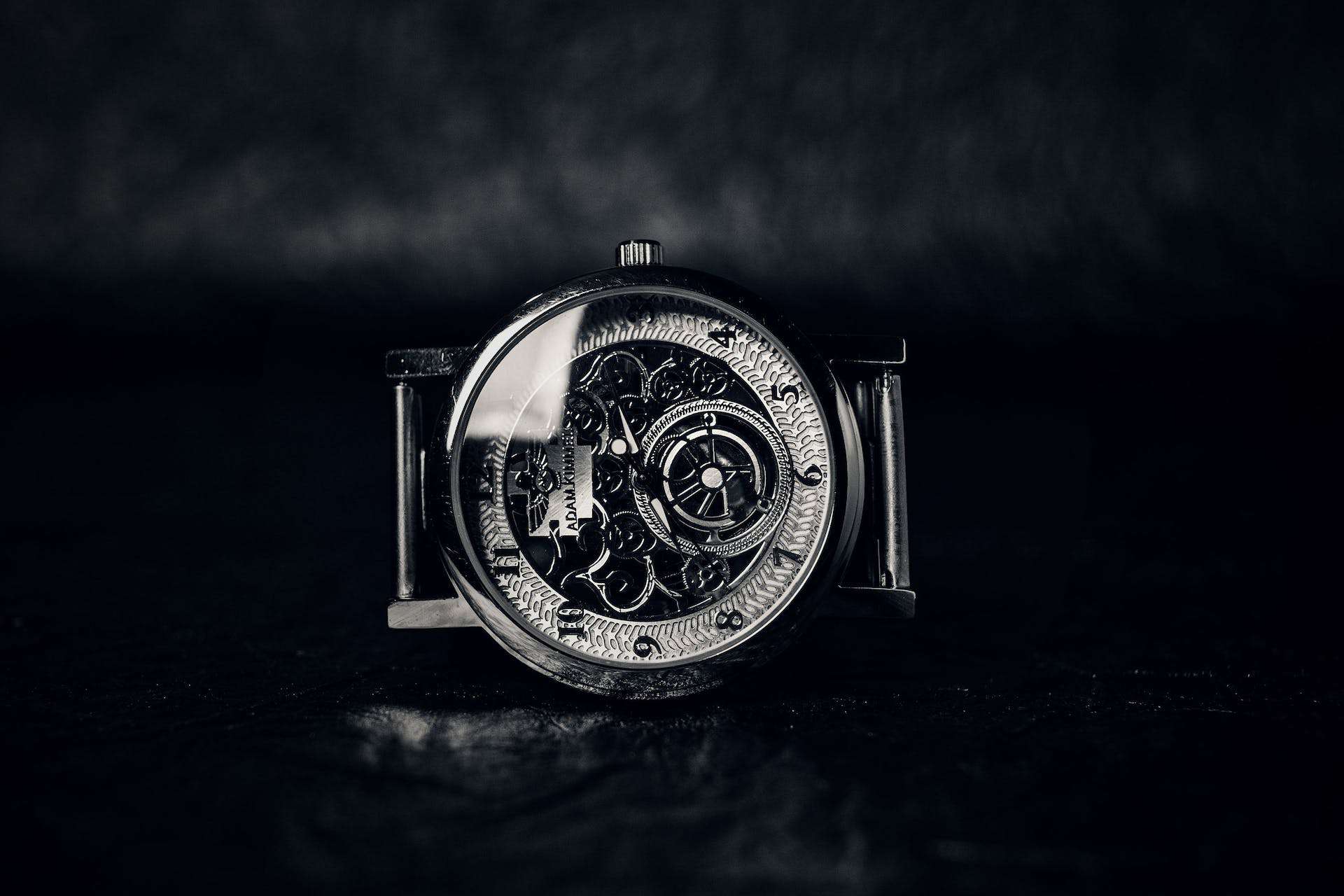
Os benefícios do vidro de cristal de safira residem na sua elevada dureza, atingindo uma dureza Mohs de 9, que é apenas ligeiramente inferior à do diamante. Isso significa que não é fácil riscar o cristal de safira, tornando-o resistente a arranhões.
Além disso, o vidro de cristal de safira possui melhor transparência, proporcionando uma aparência brilhante e nítida ao relógio. Além disso, pode ser processado em um grau mais fino, permitindo uma redução na espessura total do relógio.
No entanto, estas vantagens não significam necessariamente que o cristal de safira seja superior ao vidro acrílico. Junto com sua alta dureza existe o risco de o cristal de safira quebrar mais facilmente com um impacto forte. Nesses casos, pode representar uma ameaça ao mostrador do relógio e à estrutura do movimento, especialmente para relógios com designs ocos ou abertos. Portanto, embora o vidro de cristal de safira possa ser altamente durável, se quebrar, os danos ao relógio podem ser mais graves.
Mas, por que várias marcas ainda escolhem o material de cristal de safira e abandonam o material de vidro acrílico?
A resposta não é difícil de adivinhar. Porque no uso diário, a chance de o relógio ser levemente arranhado por fatores externos é maior do que a chance de o relógio sofrer um forte impacto. Além disso, a tecnologia de produção de cristal de safira tornou-se muito popular e não aumenta significativamente os custos. Portanto, mudar para o cristal de safira tornou-se a melhor escolha para fábricas de relógios.
Além desses dois materiais, as fábricas de relógios também usam vidro mineral para fazer relógios, que fica entre o vidro acrílico e o cristal de safira. Embora os relógios em vidro mineral não sejam muito comuns hoje em dia, ainda aparecem ocasionalmente nas obras de algumas marcas. No entanto, em termos de prevalência, o cristal de safira ainda é o material principal na indústria relojoeira.
relógio de vidroO vidro mineral é usado principalmente em alguns relógios retrô clássicos que exigem formatos de cristal especiais para complementar o estilo geral do relógio, como cristais de cúpula única e de cúpula dupla. Os cristais de cúpula única melhoram o efeito de ampliação no mostrador, enquanto os cristais de cúpula dupla criam um efeito de profundidade mais ideal e proeminente no mostrador.
Quer seja um cristal de cúpula única ou dupla, ele adiciona um toque retrô ao design geral do relógio, tornando o mostrador visualmente atraente e fácil de ler. Este tipo de cristal não só alcança um efeito visual tridimensional com seu formato convexo, mas também aumenta o efeito de ampliação dos elementos do mostrador, permitindo designs de relógios mais finos e delicados.
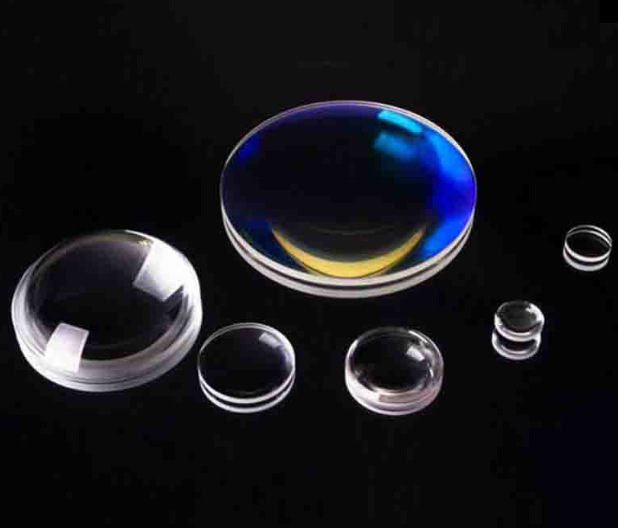
Por que usar vidro mineral em vez de cristal safira?
Isso ocorre porque alguns cristais de relógio, que não são planos, têm bordas salientes que podem ser batidas. A safira também é muito frágil, portanto, usar vidro normal é mais confiável em comparação. É claro que, para resolver a questão da resistência a arranhões na superfície do cristal, alguns fabricantes de relógios também aplicam um revestimento de safira ao vidro acrílico para obter suas propriedades de resistência a arranhões. Além disso, o vidro acrílico mineral é muito mais barato que a safira.
Comparação de preços entre safira e vidro de relógio mineral e acrílico
A safira é cara? Na realidade, com a ampla aplicação do cristal de safira, seu preço de mercado tornou-se muito acessível. Hoje em dia, muitas marcas de relógios populares no mercado usam vidro de cristal de safira. No entanto, comparado ao vidro mineral e ao acrílico, o vidro de cristal de safira é relativamente caro.
Perguntas frequentes
O que é vidro mineral para relógio?
O vidro mineral, também conhecido como cristal acrílico, é um material comumente utilizado na relojoaria. É um cristal comum que passa por processos de polimento e endurecimento. Ao contrário do vidro cristal de safira, o vidro mineral tem menor dureza. Foi desenvolvido devido à escassez de cristais naturais, que não atendiam às demandas da indústria. Sua alta transparência o torna adequado para diversos artesanatos, contribuindo para sua popularidade. O processo de fabricação do vidro mineral envolve a fusão da sílica e do óxido de chumbo, resultando em uma superfície brilhante com clareza obtida por meio de tecnologia avançada de polimento.
O vidro reforçado com minerais tem dureza 7, o que o torna resistente a arranhões da maioria dos objetos do cotidiano, como facas e lâminas de serra de aço, que normalmente apresentam níveis de dureza mais baixos. Porém, é importante ter cuidado, pois os grãos de areia, que também possuem dureza 7, podem riscar a superfície. Escolher uma superfície de safira é preferível, se possível. As superfícies de safira, criadas pelo revestimento do vidro com uma camada de safira sintética, oferecem uma dureza superficial de 9, tornando-as altamente resistentes a arranhões de qualquer coisa, exceto diamante e safira. Além disso, são resistentes a danos causados por grãos de areia.
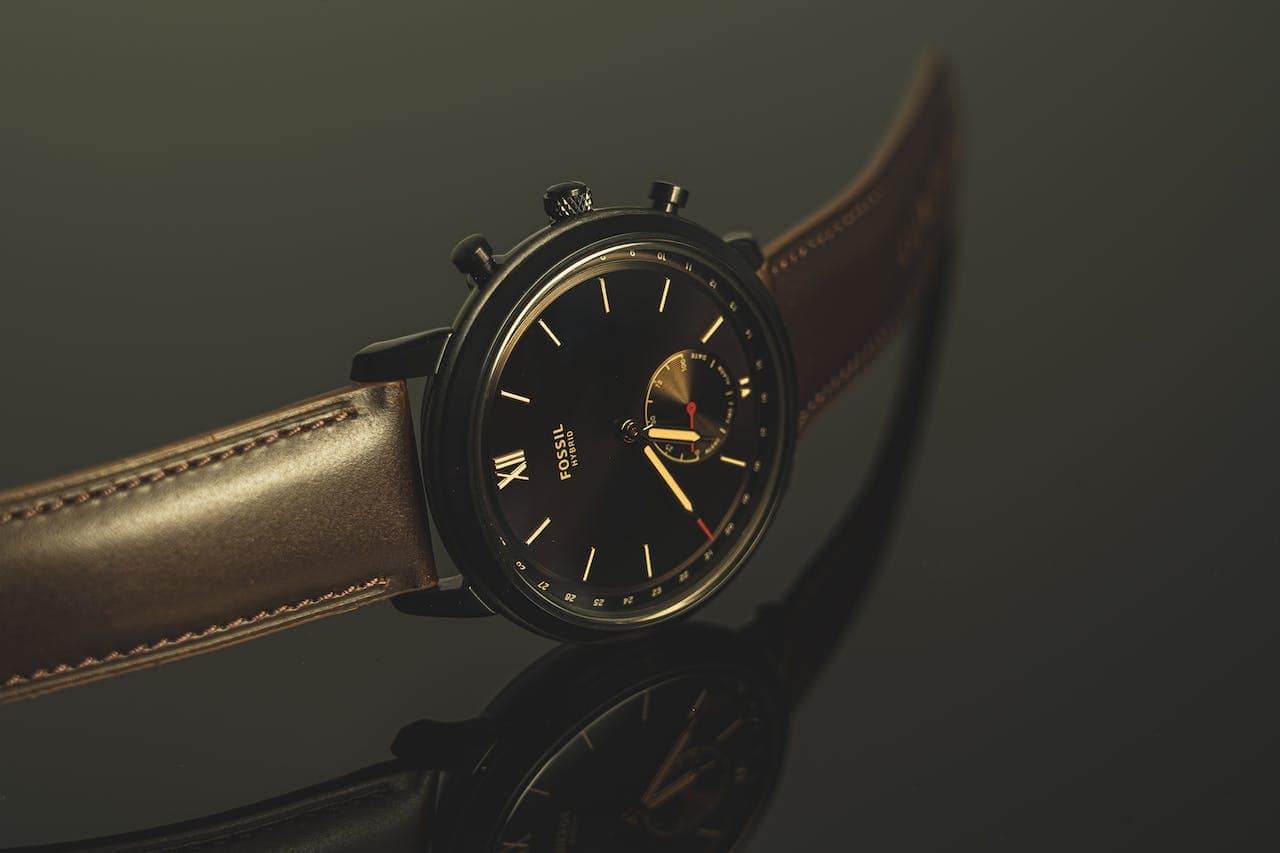
Relógios com vidro mineral são bons?
Resposta 1:
O vidro de cristal mineral, também conhecido como Cristal Acrílico, é um tipo de material utilizado em relógios. Normalmente é um cristal comum que é polido e endurecido, embora sua dureza seja inferior à do cristal de safira. Este vidro foi desenvolvido devido à escassez e dificuldade de mineração de cristais naturais, que não conseguiam atender a demanda. Devido à sua alta transparência, é popular em diversos artesanatos. O vidro de cristal mineral é cristalino com alta dureza (dureza Mohs de 7), boa condutividade térmica e sensação de frescor ao toque. Parece claro e brilhante contra a luz, sem pequenas bolhas ou marcas d'água, o que o torna relativamente caro.
Resposta 2:
A resistência a arranhões do vidro reforçado com minerais é ligeiramente inferior à do vidro de safira, pois sua dureza é de cerca de 7, enquanto o vidro de safira tem uma dureza de 9. No entanto, o vidro reforçado com minerais tem maior resistência à compressão geral do que o vidro de safira. Portanto, todos os relógios de mergulho profundo (mais de 200 metros) usam vidro reforçado com minerais como vidro do relógio. Embora o vidro de safira tenha excelente resistência a arranhões, sua espessura é de apenas 5 micrômetros e sua resistência à compressão geral é inferior à do vidro reforçado com minerais, tornando-o inadequado para relógios de mergulho profundo.
O que é o vidro de relógio antirreflexo?
Em termos simples, o revestimento antirreflexo é um filme multicamadas galvanizado na lente para evitar o reflexo da luz. É comumente usado em aviação profissional, relógios de mergulho ou relógios com grande curvatura de espelho. Pode ser dividido em vidro antirreflexo de camada dupla e vidro antirreflexo de camada única. A diferença está no primeiro ser galvanizado em ambos os lados da lente, enquanto o segundo é revestido apenas na parte interna do vidro. A eficácia de ambos os tipos é semelhante.
A principal função do revestimento anti-reflexo é evitar o brilho e o reflexo, permitindo melhor legibilidade. Quando visto de frente, pode parecer que não está montado no espelho, mas de um ângulo específico reflete uma camada de cor azulada, semelhante aos olhos do revestimento.
Pensamento final:
Em última análise, a escolha entre vidro de cristal de safira, vidro mineral e vidro acrílico depende dos requisitos específicos da aplicação, de considerações orçamentárias e do nível desejado de durabilidade e resistência a arranhões. E não é o cristal de safira que torna o relógio melhor.

